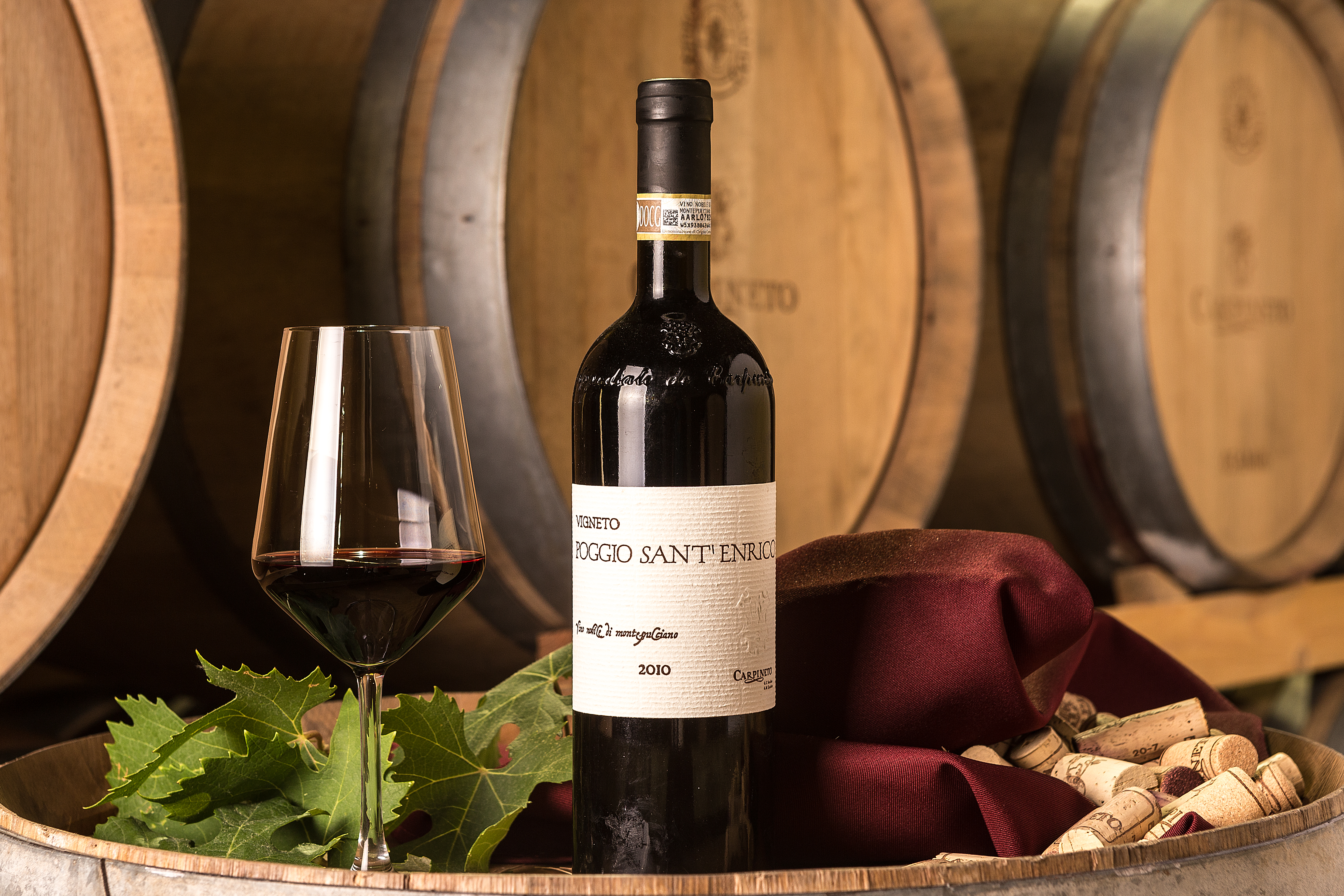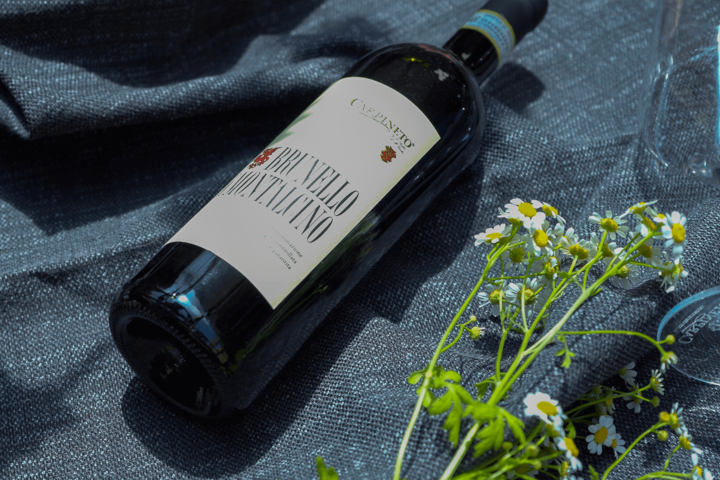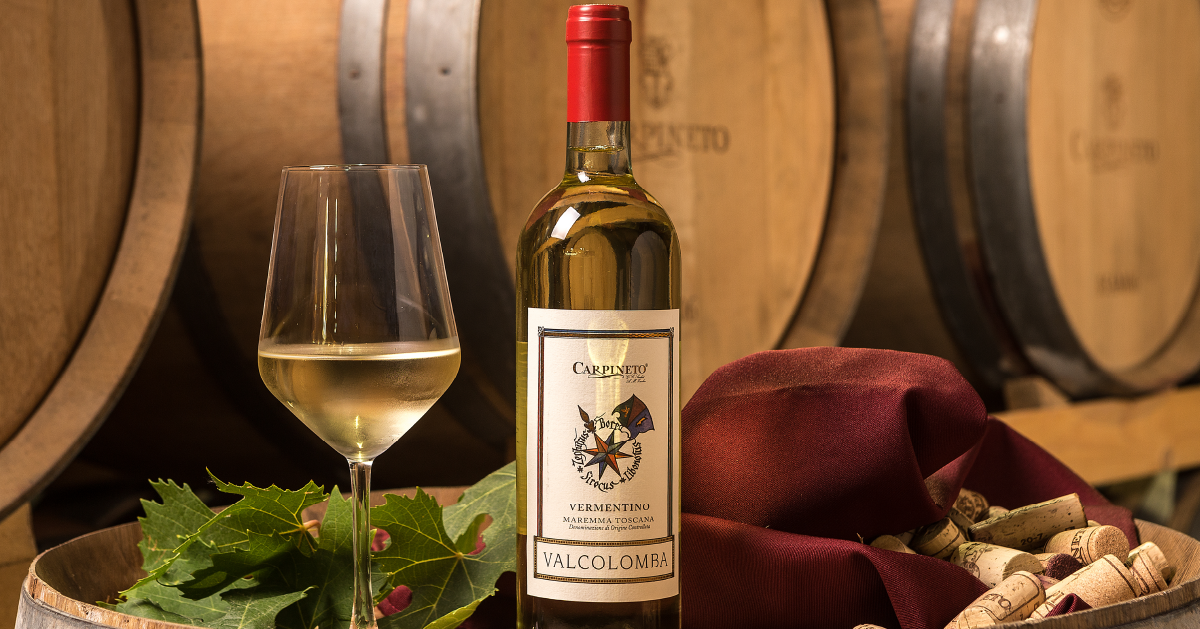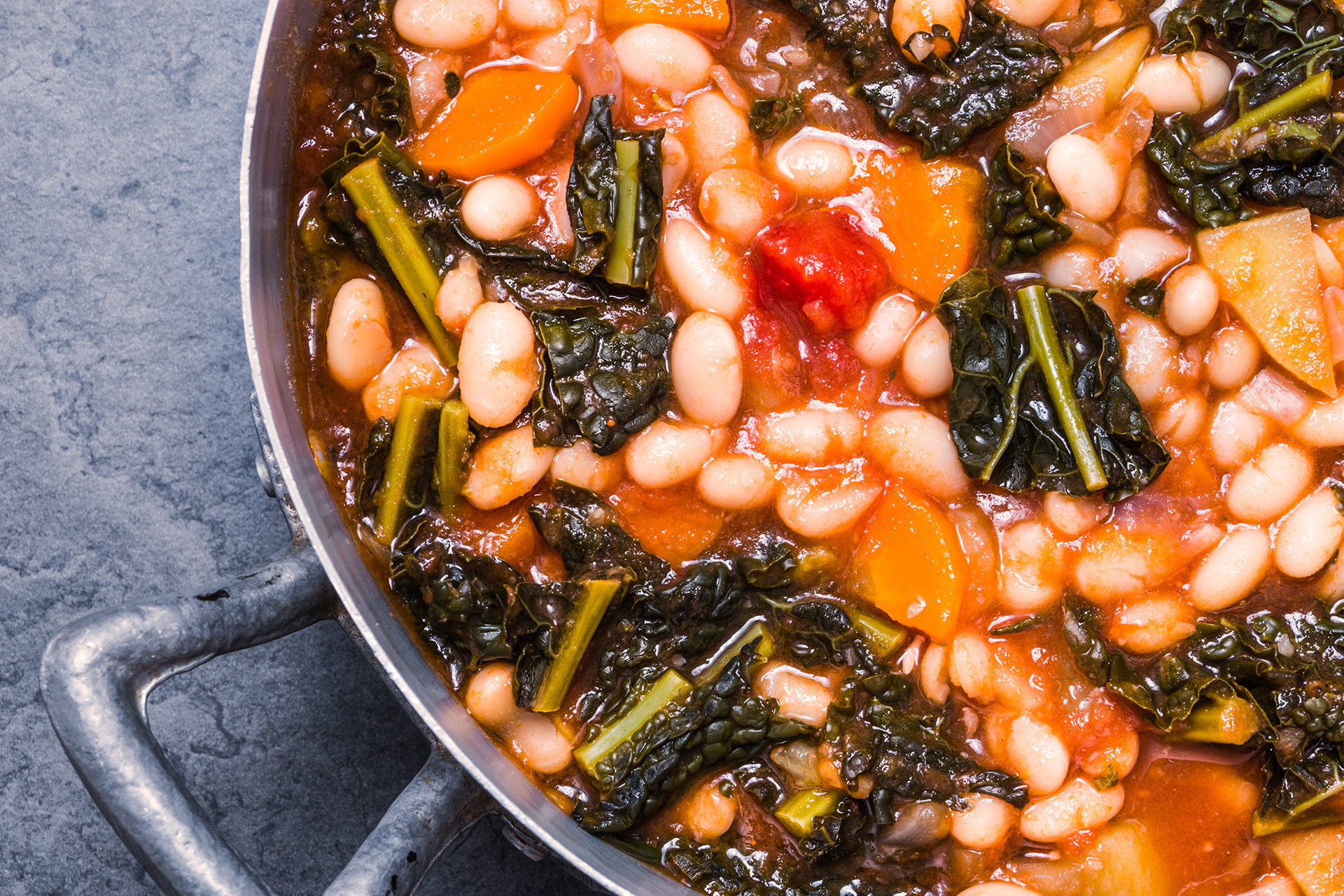Pairing white wine with meat can be a challenge, but definitely one we can win! When it comes to pairing white wine with meat, two major criteria always come into play: the type of meat and/or the cooking method. The structure and intensity of meat vary depending on the type, and a well-selected glass of white wine can complement its aromatic profile. White wine often proves to be the ideal choice when the menu features white meats like chicken or turkey.
Let’s make some examples: if meats are seasoned with spices, such as chicken curry, nutmeg, or intense aromatic herbs, the perfect pairing is with fruity white wines. These wines, with their citrus notes, can complement poultry recipes with a decisive yet balanced flavor. For classic preparations like roast chicken, baked guinea fowl, and even stuffed turkey, rosé wines are a suitable choice. They can define the rustic flavor of the dish and provide a pleasant bitterness that contrasts with the sweetness of the white meat. In other words, exactly what you’re looking for!
Whether the animal is roasted, sautéed, or grilled, white wines can significantly elevate the flavor of white meats, accentuating their natural characteristics. These meats are delicate in terms of taste and tenderness, qualities that white wines, especially when used in grilling, can enhance. For a delightful dining experience with such meats, opt for light or medium-bodied white wines.
This was the easy level! But what about red meat? Red meats are often known for their body and succulence, making them perfect companions for full-bodied red wines with robust tannins.
However, lean cuts of meat like pork loin pair wonderfully with velvety and soft white wines. These white wines complement the delicacy of the meat, especially when prepared in the oven, without overpowering its flavor. On the other hand, cuts from younger cattle, such as veal, boast tenderness and can be enjoyed with either white or red wine, depending on their preparation and cooking.
Conversely, beef and mature cattle offer less tender meat that doesn't typically pair well with white wines. When it comes to game, opting for wines with a robust body and extended aging is advisable. White wine also makes an excellent accompaniment for a charcuterie platter, as it can enhance the variety of flavors present, from sweet and smoky to spicy and savory.
There is one bottle that immediately comes into mind when talking about white wines that could go well with meat: and that bottle is Vermentino. When discussing Vermentino, Sardinia is often the first region that comes to mind. However, it's essential to note that Vermentino is a grape variety found in many parts of Italy, including Liguria, Tuscany, Corsica, and even Spain.
Vermentino exhibits remarkable versatility on the dining table. It effortlessly pairs with complex dishes due to its robust structure and adapts well to white meat. This white wine is characterized by its color, full-bodied nature, high alcohol content, and the scent of the Mediterranean scrub. On the palate, Vermentino usually offers a fairly complex aromatic profile, complemented by a pleasing persistence. In premium examples, floral notes are present, along with excellent nuances of white and yellow flowers
Here at Carpineto we offer our own Vermentino Valcolomba 2022: This Vermentino, deeply imbued with a 'Mediterranean' style and origin, is crafted on our estate near the Maremma coastline. Vermentino Valcolomba at Carpineto is a lively wine, characterized by pronounced acidity, minerality, and savoriness, intricately connected to the terroir, featuring good persistence and marked pleasantness. The grapes are meticulously hand-harvested, destemmed, selected, and gently pressed to initiate a brief cold maceration with the skins, extracting distinctive aromas. After the must has settled, a slow fermentation at low temperatures commences with indigenous yeasts in stainless steel tanks, where it matures for just over six months before bottling. The bouquet reveals floral hints of wildflowers and fragrances reminiscent of the Mediterranean scrub. On the palate, a distinct acidity and savory herbaceous notes (evoking the vine's name origin, 'vermena,' meaning twig or blade of grass) elevate the freshness and balance of the white pulp fruit, complemented by the softness that this decidedly dry wine still imparts.
In conclusion, we can state that savory, spicy, flavorful meat dishes often find companionship with red wines, although they can also harmonize well with white wines, contingent on the cooking technique. But in essence, the method of cooking the meat significantly influences the wine selection: the more intricate the preparation, the more robust the wine should be.
For instance, grilled meat imparts a distinctive succulence, necessitating a red wine with pronounced tannins, adept at imparting a palate-cleansing effect. But as we have just seen, this indication can be easily overruled! So don’t worry and explore your own way into the world of the white wine and meat pairings.
.jpg?w=1600&h=900)

.png?w=400&h=400)



